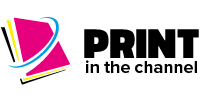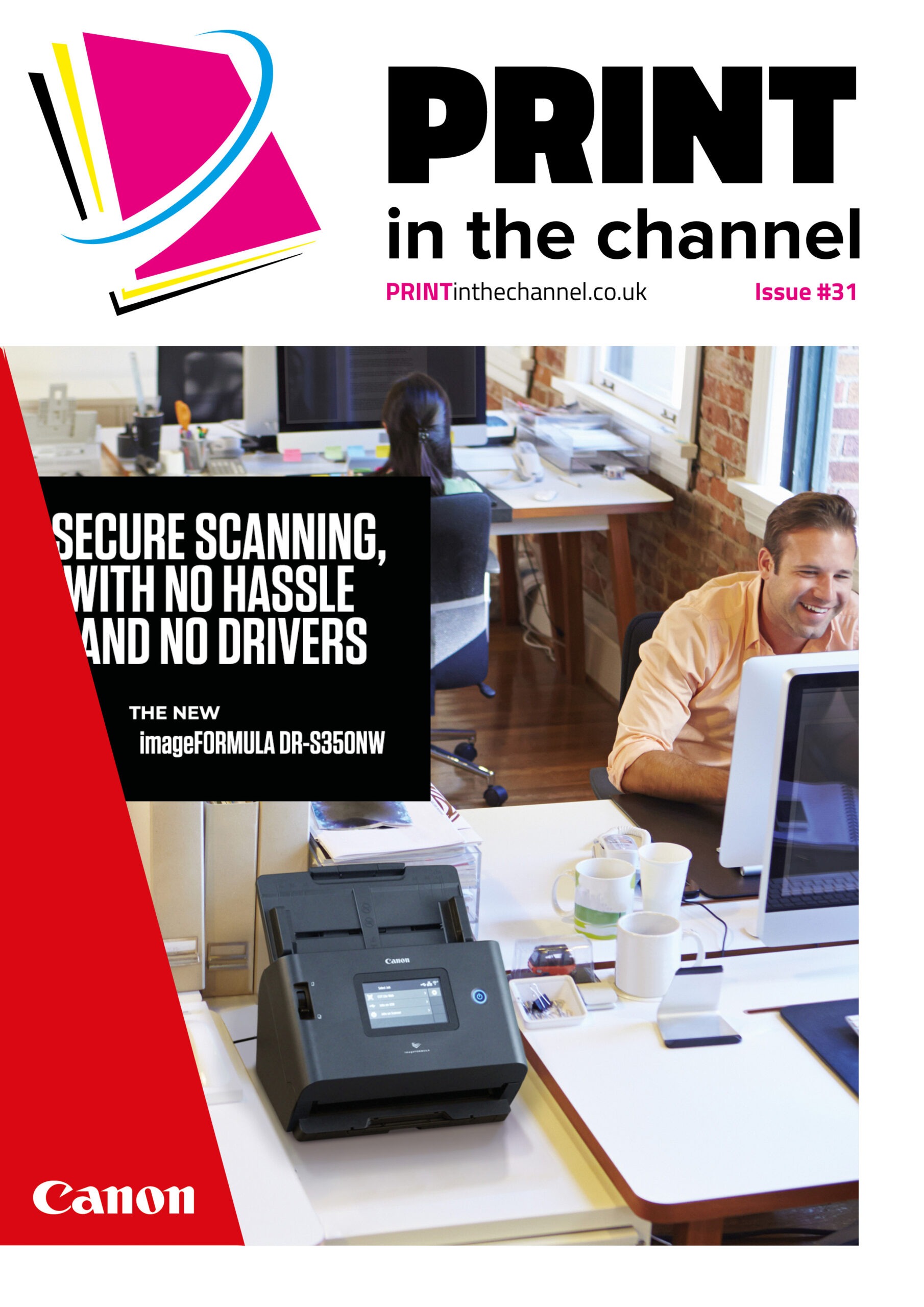While cloud print continues to grow in popularity, so do the threats to it, with cybercrime continuing to rise. So how can resellers ensure that solutions are secure – and convince customers, especially SMBs, that threats have been mitigated?
With increasing digitalisation among businesses large and small and across industrial sectors, cloud print adoption continues to rise. Businesses look to take advantage of the benefits of cloud printing solutions to increase efficiency and productivity.
“More organisations are moving away from traditional on-premise infrastructure to cloud-based print services,” says Elliot Thurley, managing director – Agile Docs and Tech, Agilico. “It offers greater flexibility, supports remote and hybrid working, and reduces the need for local servers and maintenance. This is particularly attractive to SMBs looking for scalable, cost-effective solutions.”
Graham Foxwell, product marketing lead at Kyocera Document Solutions UK, adds that as businesses continue their digital transformation journeys, “cloud print is becoming a cornerstone of modern workplace infrastructure.
“Its flexibility, scalability, and cost-effectiveness make it especially attractive to SMBs looking to streamline operations. “With hybrid and agile work models now the norm, organisations need printing solutions that are accessible from anywhere, without compromising on performance.”
But as adoption grows, so too do the risks, particularly as cybercrime is becoming more sophisticated, and AI is amplifying the complexity of threats. Elliot says that print is still a common blind spot in many organisations. “If not properly secured, cloud print services can expose sensitive data, create vulnerabilities across the network, and become an entry point for attackers,” he says. “Cybercriminals are targeting weak points, and unmanaged print infrastructure is often one of them.”
AI impact
Of course, AI is having an impact on the cloud print security landscape. “AI is doing both harm and good,” says Elliot. “On the one hand, it enables attackers to create more targeted and automated threats. On the other, AI is helping organisations detect unusual behaviour, flag risks and respond more quickly. Smart monitoring tools powered by machine learning are becoming essential to modern print security strategies.”
Graham adds that AI-driven malware and phishing campaigns are harder to detect. “They are constantly adapting, causing traditional security measures to struggle,” he warns.
Components of security
The prevalence of threats mean that security should be central whenever putting together a cloud print solution. “A secure cloud print solution needs several key elements working together,” says Elliot.
“Encryption must protect data at rest and in transit. Strong user authentication should be in place, ideally with multi-factor support. Print jobs must only be released when the authorised user is present, with clear controls over who can print what. Devices need to be regularly updated and monitored, with audit logs available for tracking access and activity. All of this should sit within a wider IT security framework, not as a separate afterthought.”
Graham agrees that a robust cloud print security solution must include end-to-end encryption, user authentication, secure print release and continuous monitoring. “Kyocera’s Cloud Print Services (KCPS) exemplify this approach, offering a secure, scalable platform that integrates seamlessly with existing IT environments,” he says. “KCPS ensures data is protected both in transit and at rest, while giving IT teams the tools to manage access and monitor usage.”
Resellers
This means that security needs to be a key part of any cloud print conversation with customers. “Resellers should be mindful that that there are concerns in the market about the security, performance, and parity of cloud print solutions that are affecting its widespread adoption, with many organisations opting for a more hybrid approach,” says Neil Murray, head of solutions sales at Konica Minolta Business Solutions UK. “It is important to address these inhibitions head on by promoting the many benefits of a cloud-first strategy.”
Neil adds that cost savings should also be emphasised. “By eliminating the need to purchase and manage your own print servers, along with the associated overheads such as maintenance of the hardware including physical storage/hosting, software upgrades, power/cooling, training for IT staff etc., there are considerable cost savings to be made,” he says.
The enhanced security of cloud print should also be part of the conversation. “A good cloud print solution has centralised authentication and encryption measures, which means all print data is fully protected against unauthorised access to printed documents,” he says. “A dependable cloud print provider will also ensure that security is regularly updated to safeguard against the latest threats, enabling your business to stay one step ahead of the bad guys.
“Cloud print provides teams with the ability to securely print from anywhere, including from smartphones and tablets. With the print system stored securely in the cloud, any member of the team with permission has access to it – be that in the communal office workspace, working from home or a favourite coffee shop, road-based account managers or the sales team, or any other member of the team using their mobile device or laptop during the course of their working day.”
Neil adds that cloud print also has advantages in terms of integration, scalability and control. “Hosting your print functionality in the cloud alongside existing cloud-based workflows and applications makes it much easier to create a more holistic workplace solution – everything works together without any hassles.
“Cloud print is highly scalable – up and down – and ideal for accommodating your varying printing needs, without infrastructure limitations or large capital expenditure costs to upgrade systems.
“Also, if the business operates a fleet of various printers at different locations it can be difficult to keep track of spending and to monitor who is printing what. Cloud print services offer robust print management tools and analytics, allowing you to control printing activities, accurately track costs, and optimise print workflows.”
Peace of mind
Elliot says that resellers should focus on peace of mind for the customer. “Explain how the solution protects data at every stage, from device to cloud to user,” he adds. “Emphasise compliance with recognised standards like ISO 27001 or Cyber Essentials. Be clear about how access is controlled and monitored. And finally, don’t overlook training; users need to understand their role in keeping information secure.”
Graham agrees that education and reassurance are key. “Highlighting certifications, compliance with data protection regulations, and the use of AI for proactive threat detection can help build confidence,” he says. “Demonstrating how solutions like KCPS mitigate risks, without adding complexity can turn security from a concern into a great selling point.
“In a world where cyberthreats are evolving daily, secure cloud print isn’t just a feature, it’s a necessity. And with the right tools and messaging, resellers can lead the charge in making it standard practice.”










